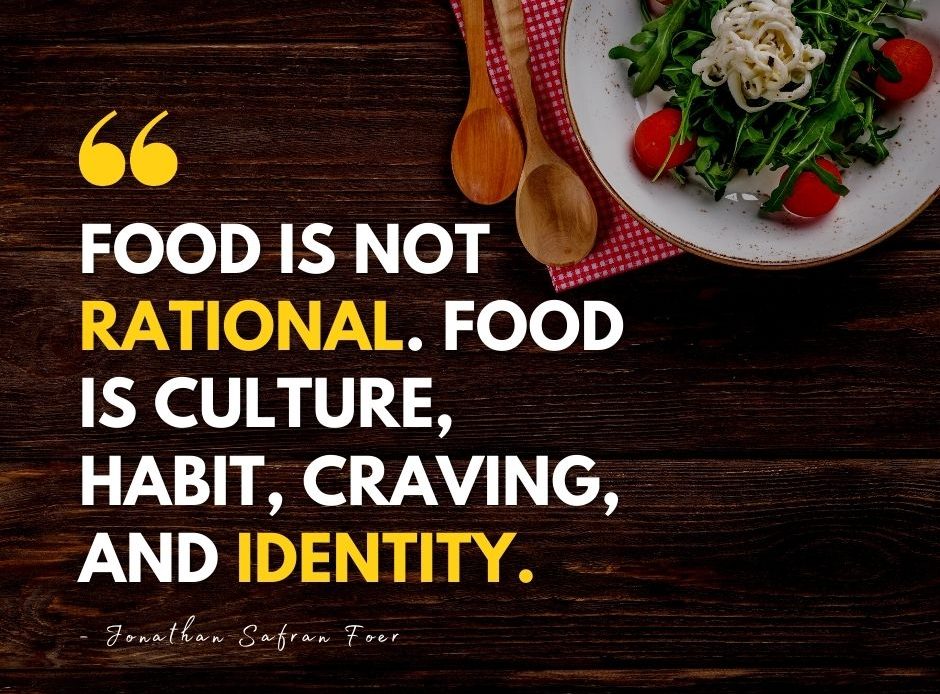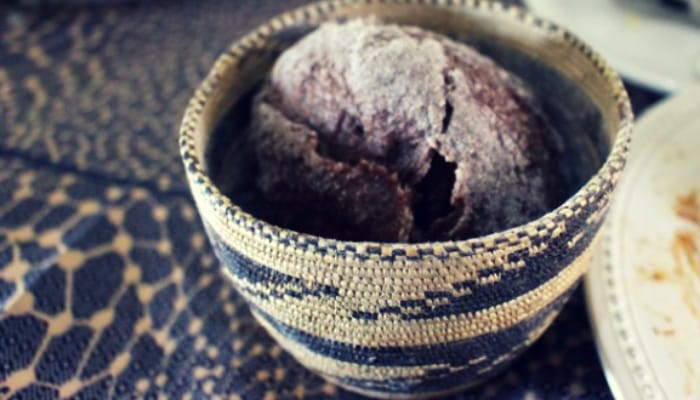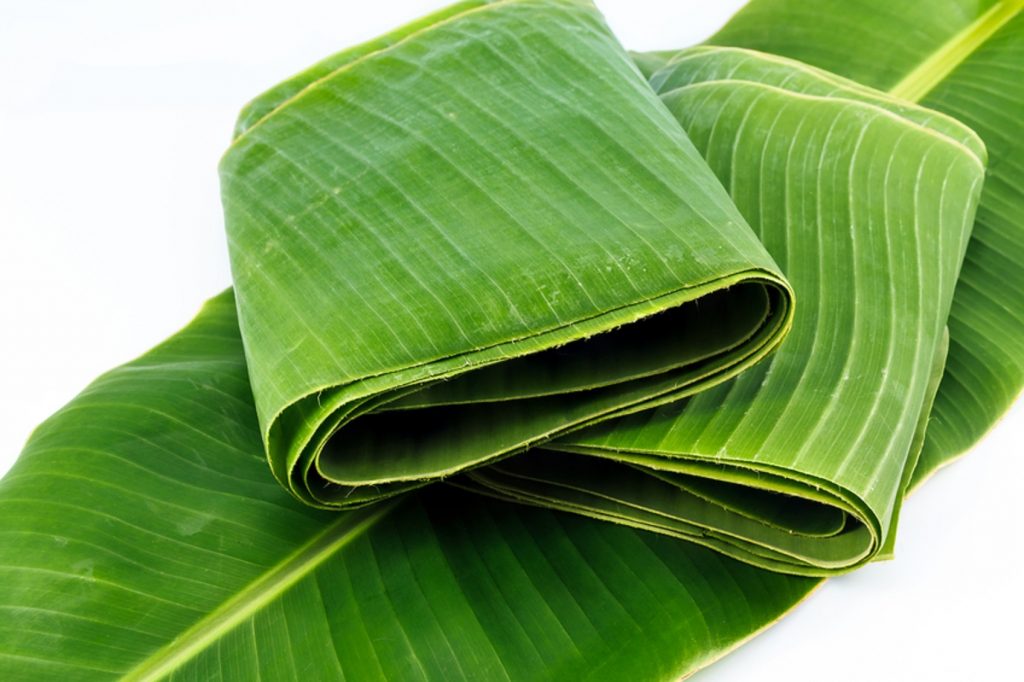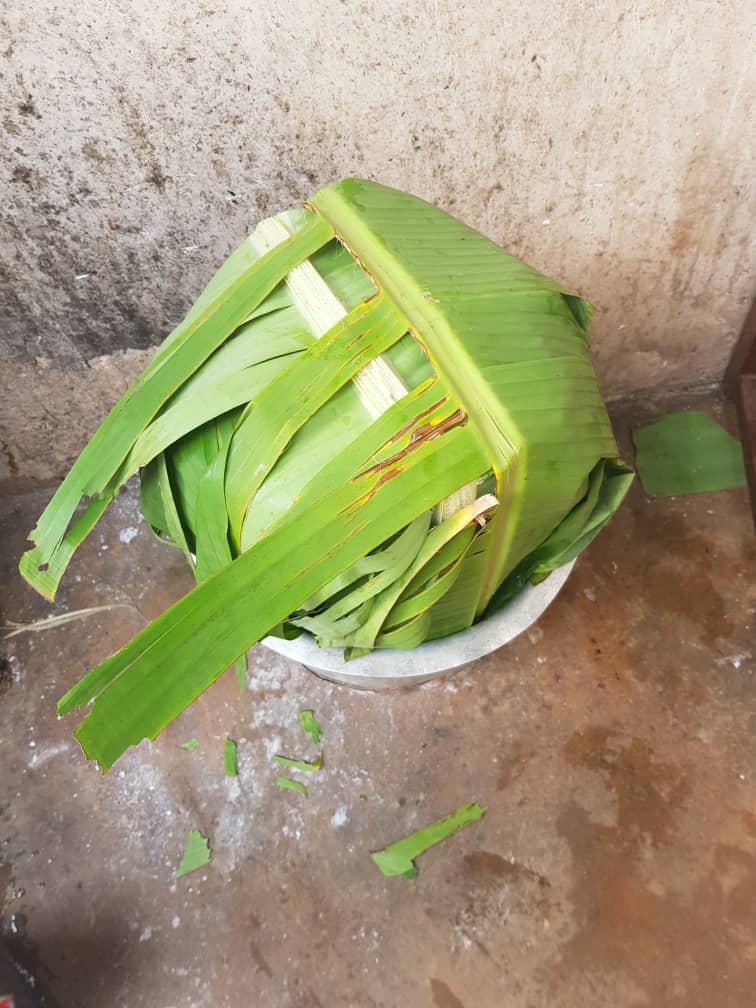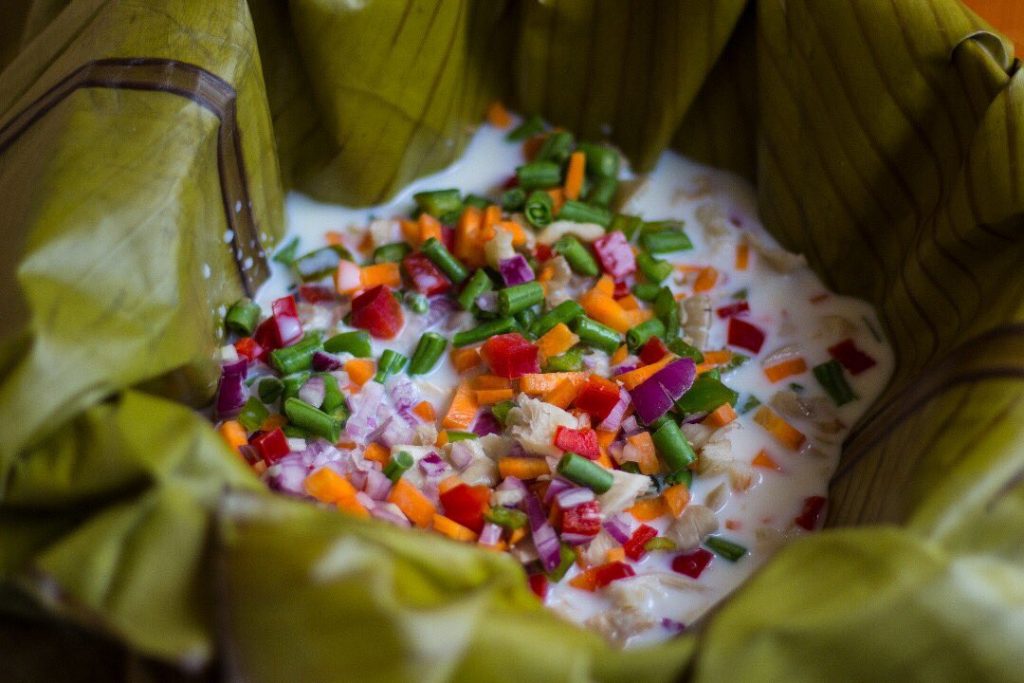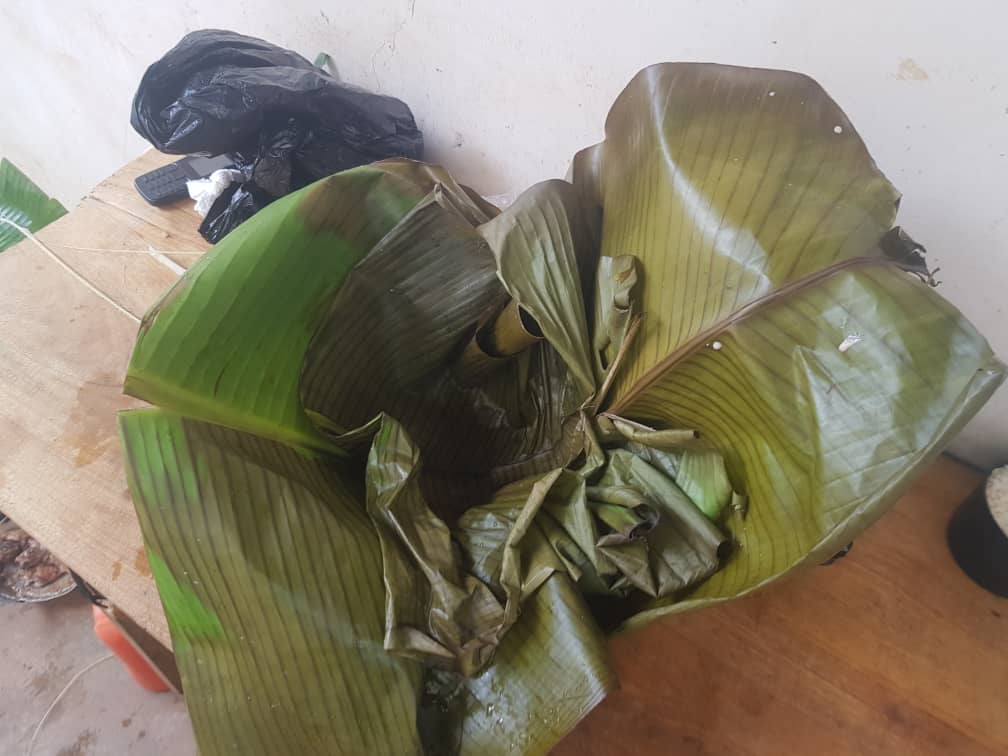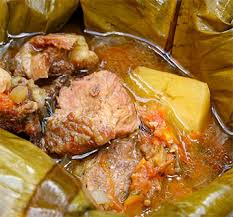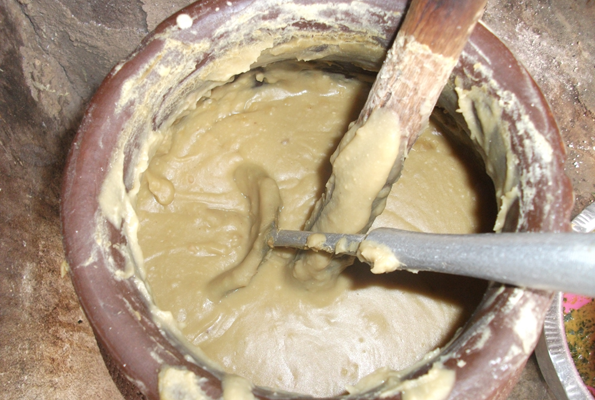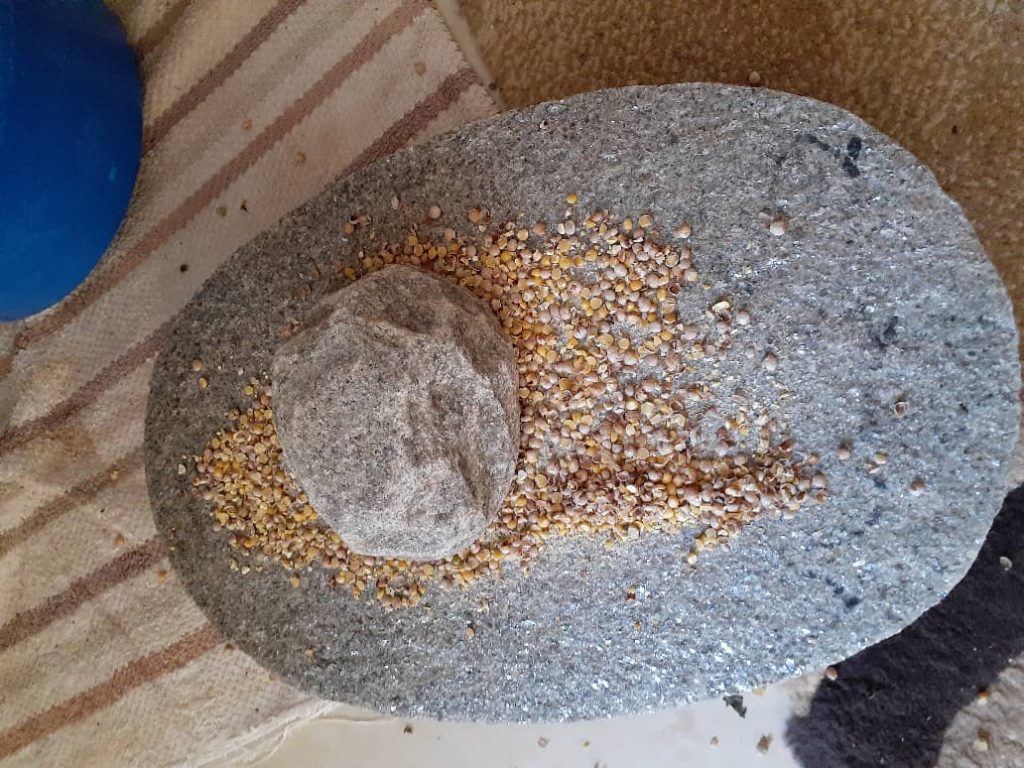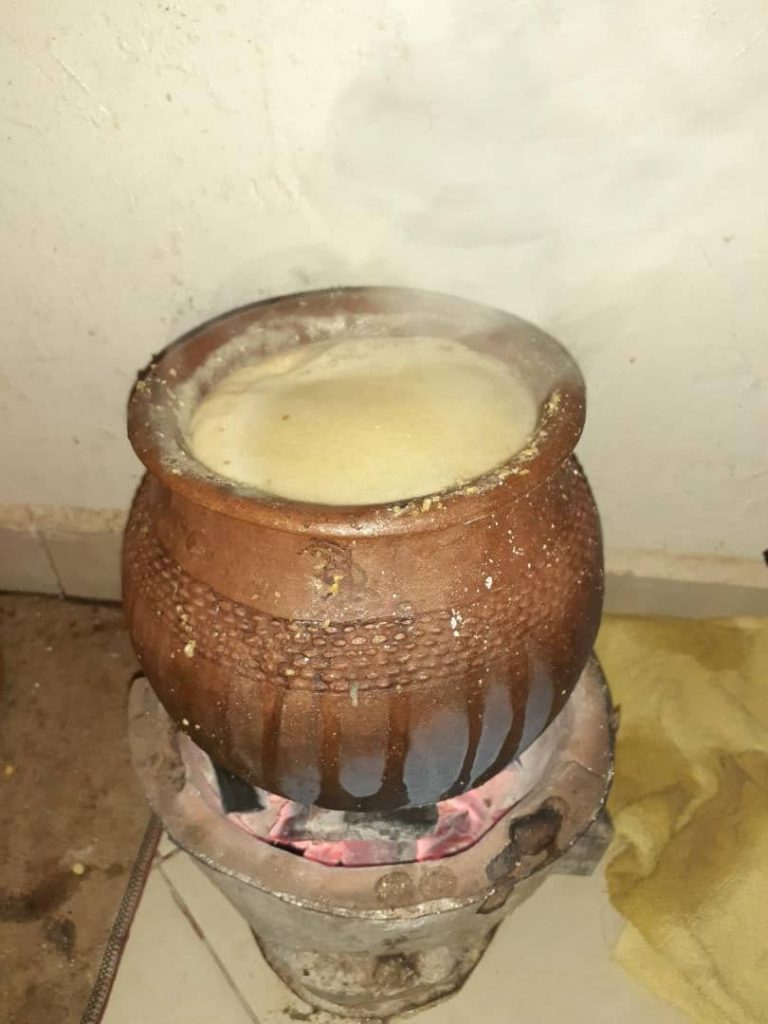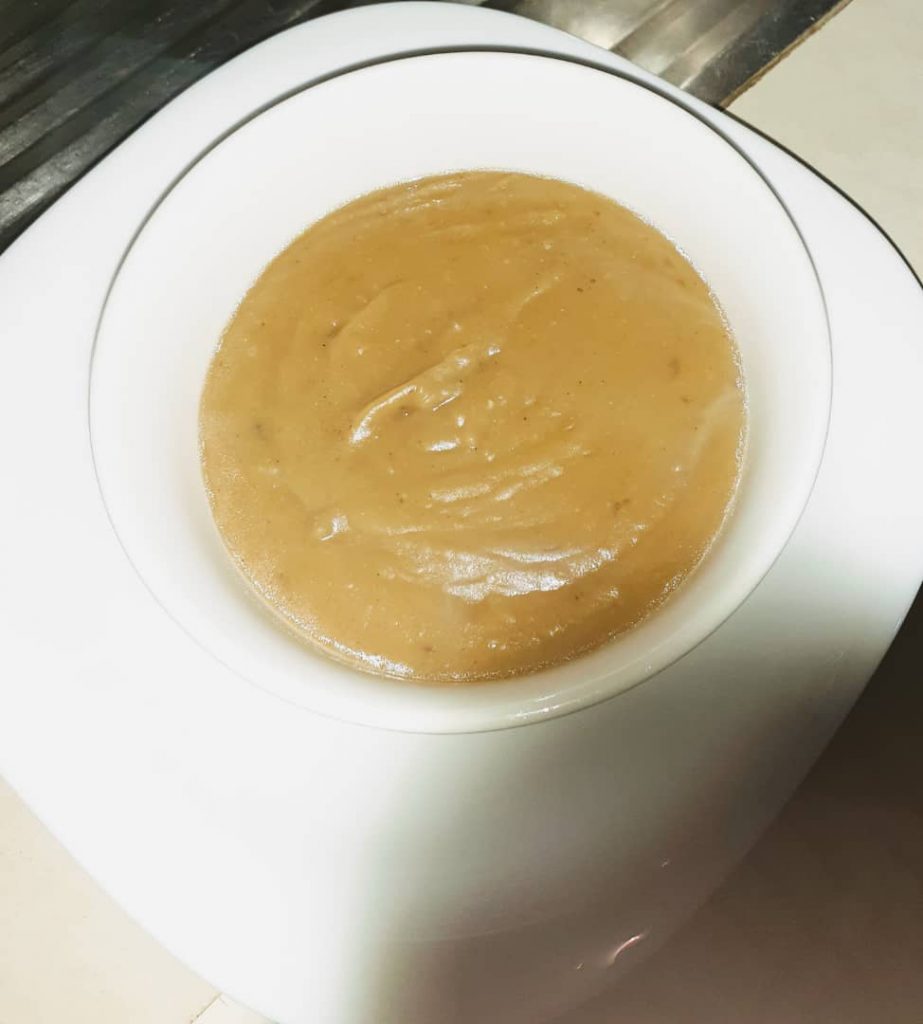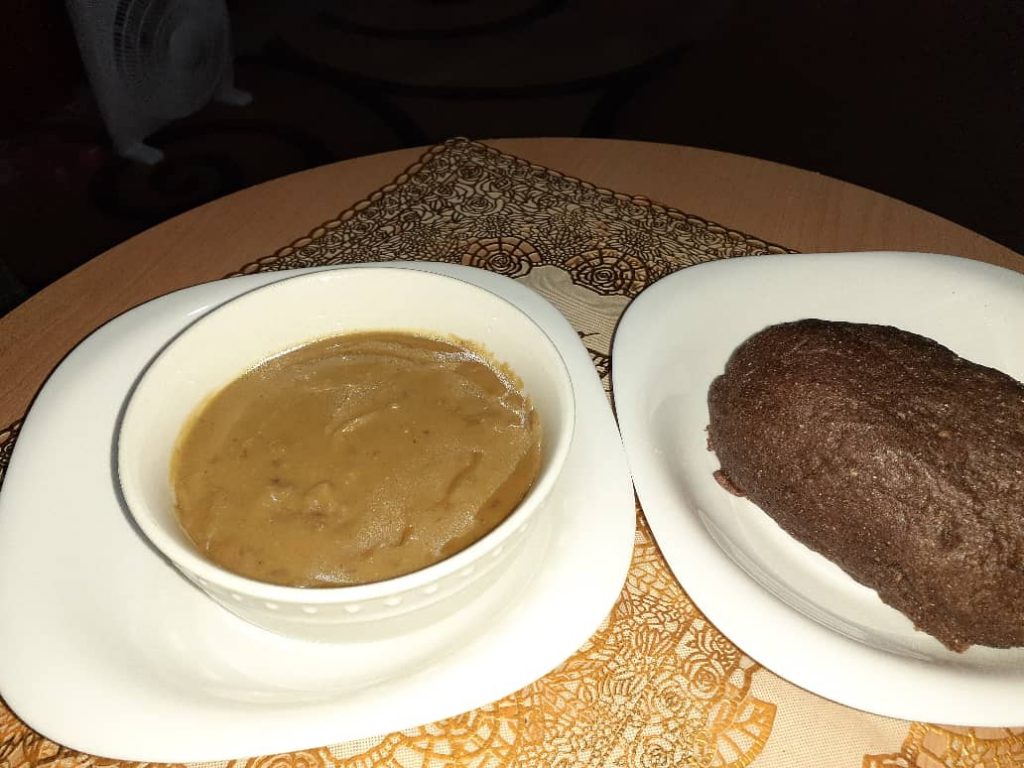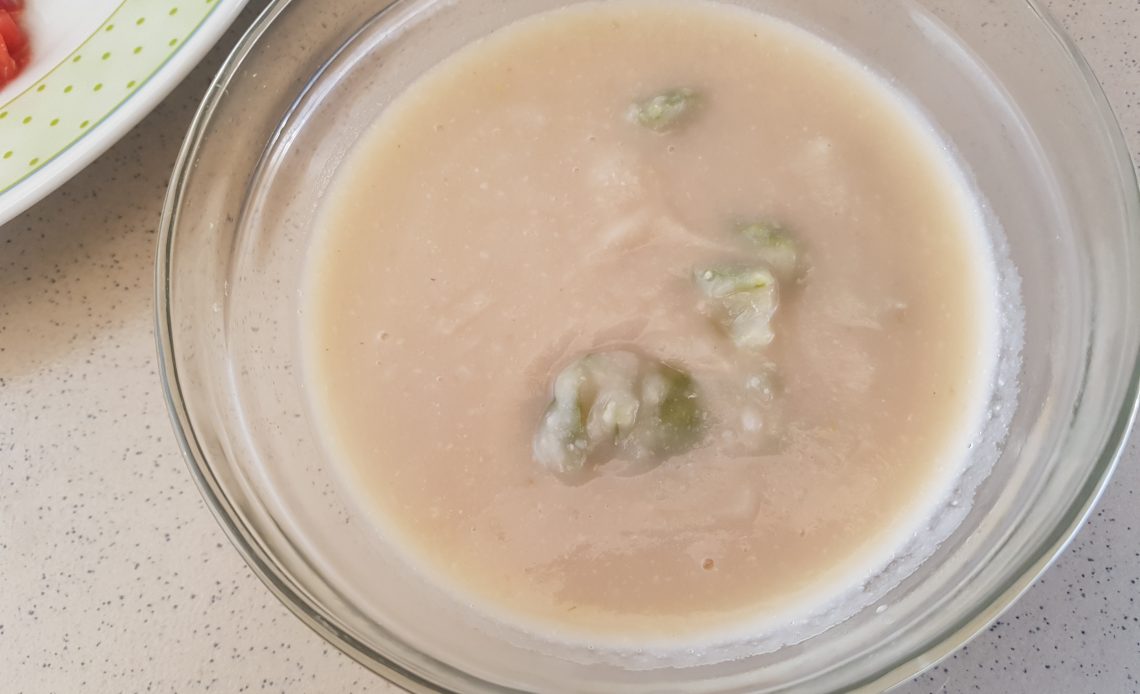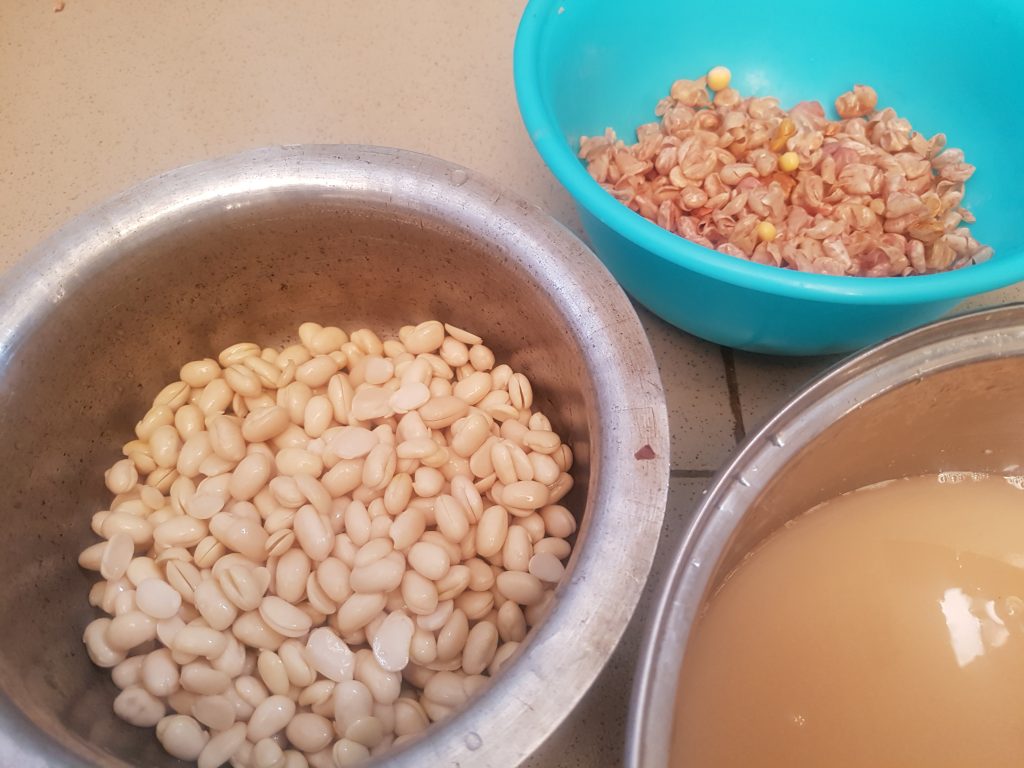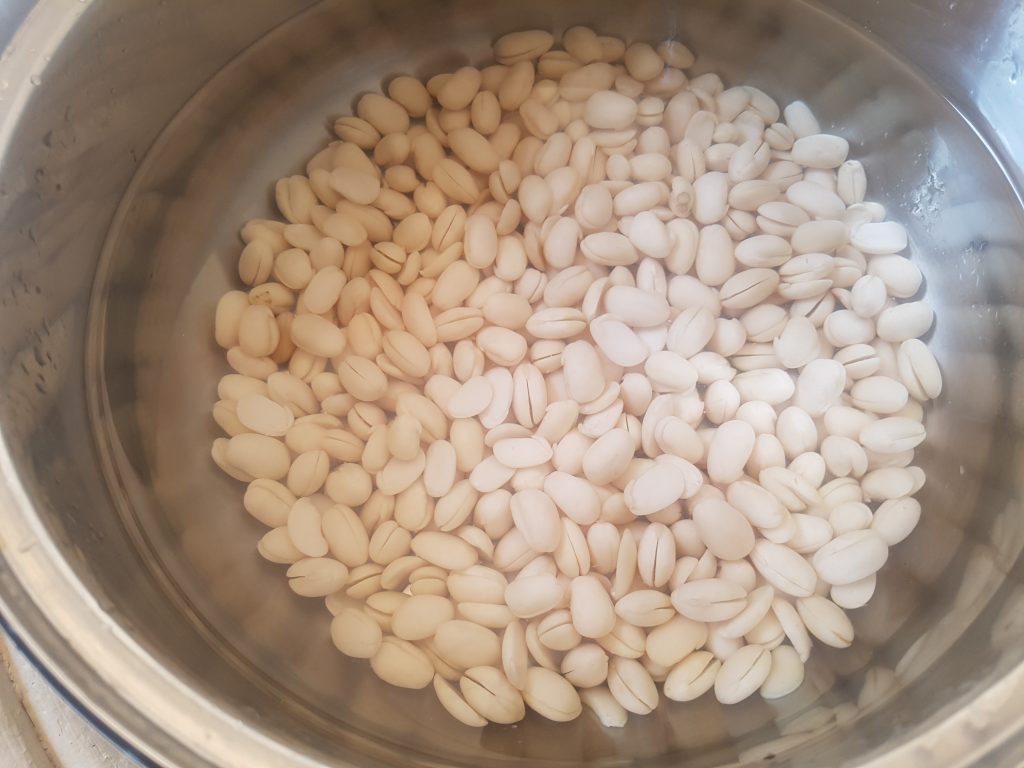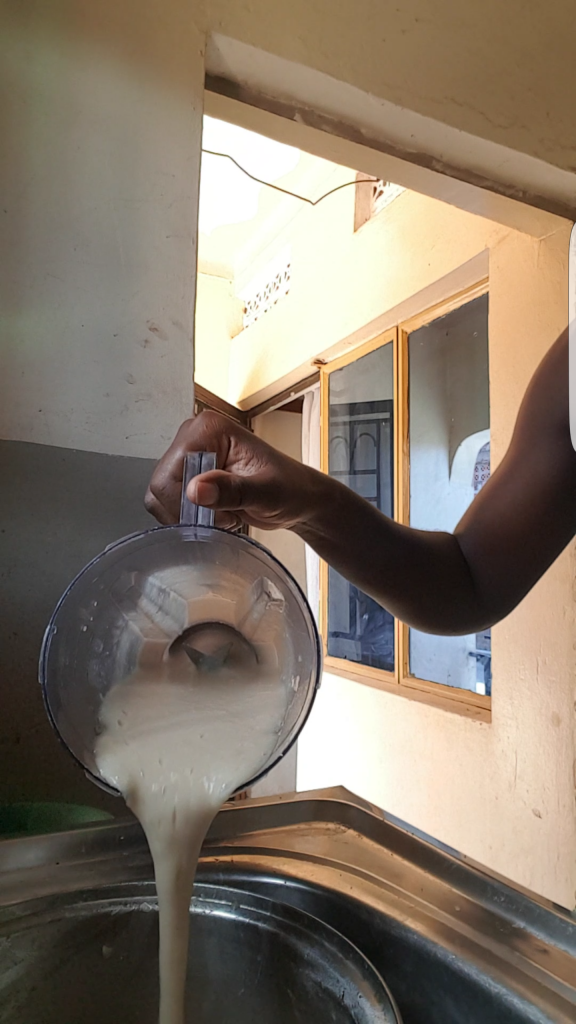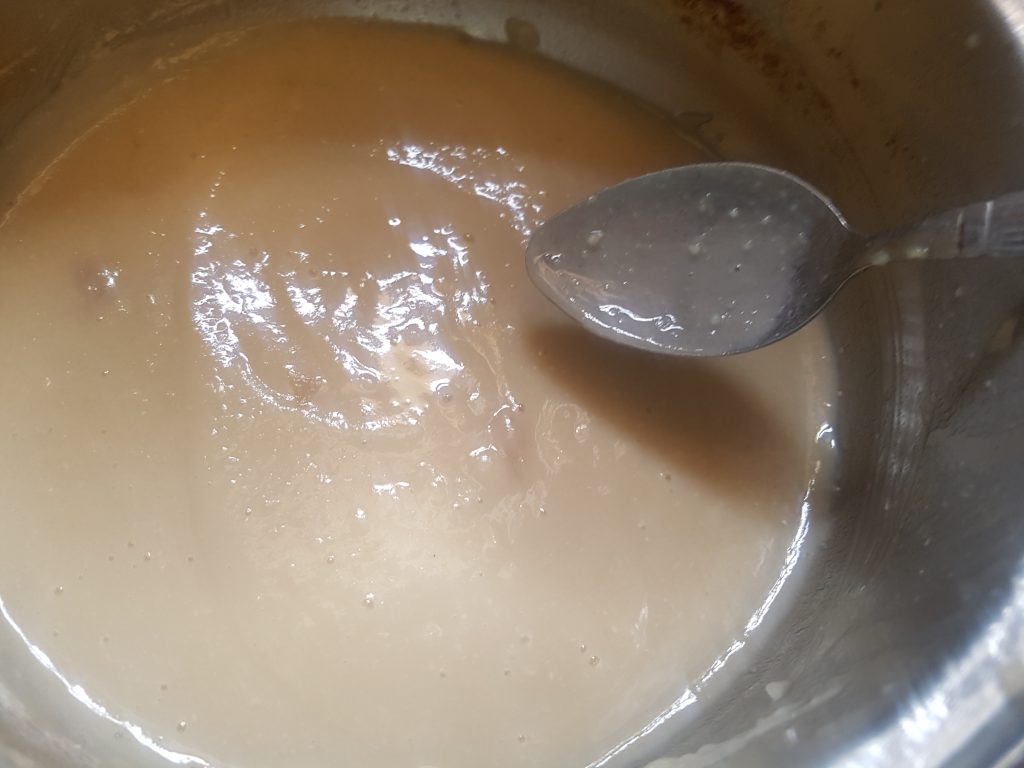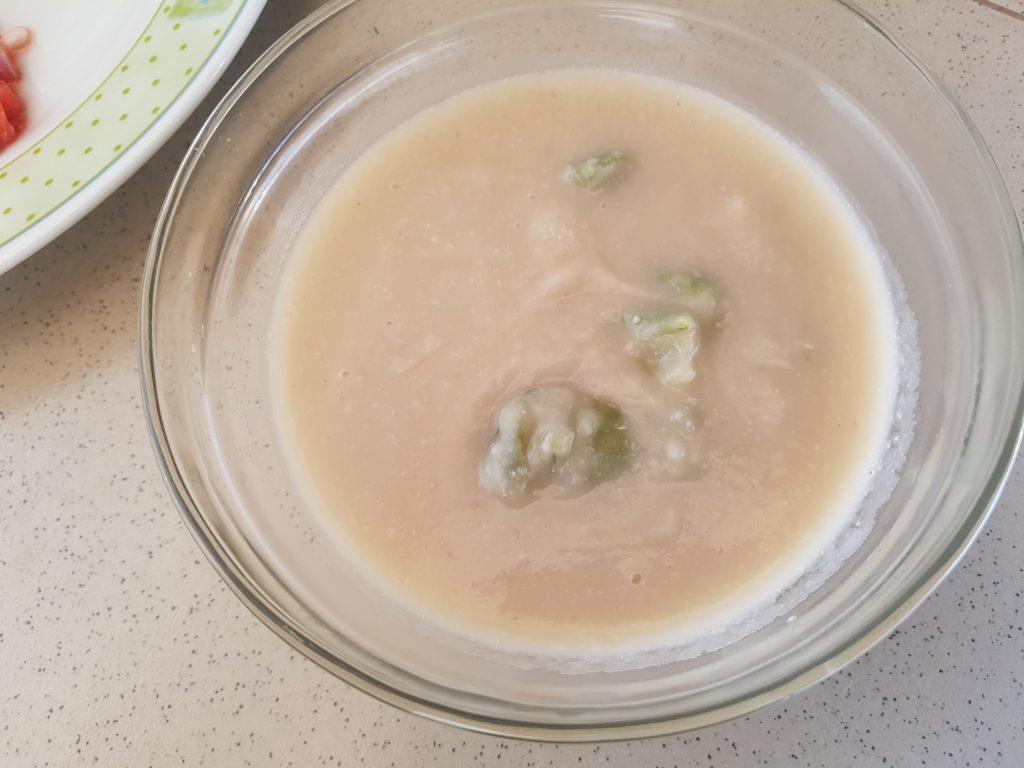Taboos are a part of every culture and among these are food taboos. Anything that is taboo is strictly forbidden, for cultural or spiritual reasons. Those known to have transgressed taboo are punished, and may be cast out of their society. In the days of old, these taboos served a purpose of enforcing discipline and control in society although many of these were many a time affecting only a section of society who were the children and women. These days however, a taboo is usually seen as a magic concept with no real basis although there often is reason for it, at least within systems of belief, some of which are now termed ‘religions’, others ‘philosophies’, and others ‘superstitions’. Food taboos are deeply entrenched and their rationale may be religious, cultural, hygienic, historic or economic.
Reggie Annan, a lecturer/Public Health Nutritionist at Kwame Nkurumah University of Science and Technology says ” In Africa, as in many other parts of the world, what people say and do is strongly influenced by age-old supernatural beliefs, which Christian missionaries downgraded as ‘superstition’. In Africa, as in Asia, older and country people still may live as much in the realms of the supernatural and the afterlife, as in the physically living realm”
In Africa, many cultures forbade children and women from eating most of the protein rich foods from animal sources like chicken, eggs, pork, goats milk to mention but a few. But like we said many of these had a super natural belief attached however behind closed curtains, a justifiable reason was given. For example in Ghana, children were not allowed to eat eggs for it was believed that if the child was fed on eggs, they would end up thieves. This practice has faded in current times although some areas still hold onto this practice and children themselves will refuse eggs when they are offered to protect themselves from becoming thieves. Trying to understand why this supernatural belief existed, this is the explanation that I was given which turns out to be for economic reasons, “it was feared that when children were fed very well or were brought up luxuriously, they would resort to stealing to maintain opulent ways of living when their parents can longer afford or when they grew up. And so to avoid this situation, children were not allowed foods considered to be luxuries.” Whilst this made alot of sense and I believe it was done in the best interest of the children, it served more harm than good. You see, children need eggs more than anyone as they are growing because eggs are a very good source of proteins that is most required yet here they are worrying about not becoming thieves. It is even more unfortunate that some superstitions found their way to breastfeeding in some cultures and some of these will shock you. In some cultures, it was believed that milk given to babies in the night would be sour their stomach so teas were given instead. Lactating mothers who had sexual intercourse with a man who was not the father of the child, were at risk of giving the baby ‘bad’ milk or the baby picking germs. The most surprising of them all I came across was that unless a drop of breastmilk is squeezed into the rectum of the baby, milk from the breast of a woman who has been working in the sun and sweating would make the baby sick. All these worked against the baby who would end up losing out all the benefits of breastmilk and end up malnourished.
Food taboos have an impact on dietary intake and nutritional status of the affected persons. In Uganda like other parts of Africa, tribal food taboos, especially as applied to women and female children, have been one of the main causes of malnutrition. Kwashiorkor which is a form of severe acute malnutrition has been one of the common occurrences here in Africa and food taboos together with poverty have played a big role in this. In addition to the examples I have pointed above, I will give you another case in point to drive the point home. For so long here in Uganda among many cultures, it was a taboo for a pregnant woman to continue breastfeeding even when the older child was less than six months. It was believed that continuing to breastfeed would harm the growing child therefore such mothers stopped breastfeeding as soon as they found out that they were pregnant. On top of stopping to breastfeed, these children were often neglected because mothers turned all their attention on the pregnancy and preparation for the coming child. Hence the older child became malnourished. The indigenous people in those days did not realise that these children were suffering from malnutrition because they had been prematurely weaned, were being inadequately fed, and receiving poor care.

This leaves me with the question that where do we draw the line between respecting culture by upholding the taboos and violating them to preseve life.
What food taboos exist in your culture? What superstitions accompany them and have you found out the reason behind the closed curtains. Also have you ever wondered why there is almost no food taboo that affects the men?


